Dennis Oland's lawyers tried to get bloodstained jacket tossed as murder trial evidence
Key evidence in Crown's case violated accused's charter rights, defence argued before trial's start
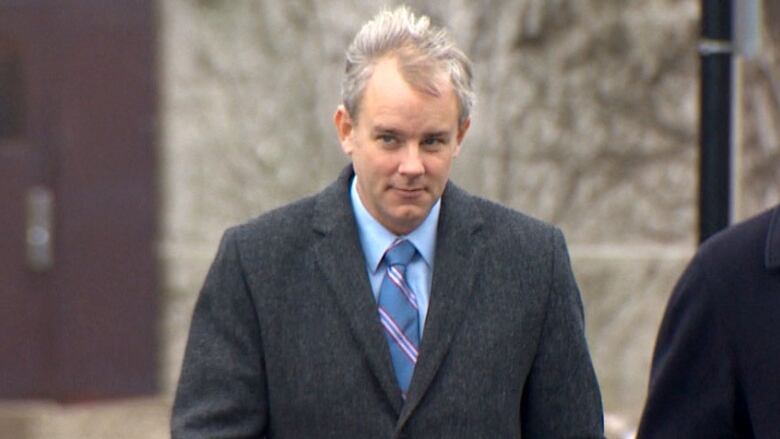
Dennis Oland's defence lawyers cited charter violations in attempting to have his bloodstained jacket deemed inadmissible as evidence just four months before the start of his second-degree murder trial in Saint John, court documents reveal.
Oland's three-member defence team also tried unsuccessfully to stop police from conducting additional DNA tests on the brown sports jacket, according to the Court of Queen's Benchdocuments, which were undera publication ban until the jury began deliberations Wednesday.
- Jury at Dennis Oland's murder trial calls it a night
- Dennis Oland doesn't have to prove anything, judge reminds jury
- Judge at Dennis Oland murder trial is a leading legal expert in DNA
The Hugo Boss jacket is key evidence in the Crown's case againstOland, who was charged with second-degree murderin the 2011 bludgeoning death of his father, prominent New Brunswickbusinessman RichardOland.
The Crownhad arguedbefore Court of Queen's Bench Justice John Walsh thatexclusion of the jacket from the trial would "gut"its case, according to the documents.
Jurorswillresumedeliberationsat the Saint John Law Courts buildingon Saturday at 9 a.m. AT. Theyadjourned Friday shortly before 8:30 p.m.,unable to reach a unanimous verdict.They have spent a total of about 28 hours discussing the case since Wednesday.

Thejacket, which cost more than $800 US and was part of a larger purchase at Hugo Boss,was seized from Oland'sbedroom closet after a busload of Saint John police officersexecuted a general search warrant at hisRothesay, N.B.,home on July 14, 2011. This wasa week after his father's body was discovered lying face down in a pool of blood in his investment firm office.
The 69-year-old multimillionaire had suffered 45 sharp and blunt force injuries to his head, neck and hands. No weapon was ever found.
Protection from unreasonable search, seizure
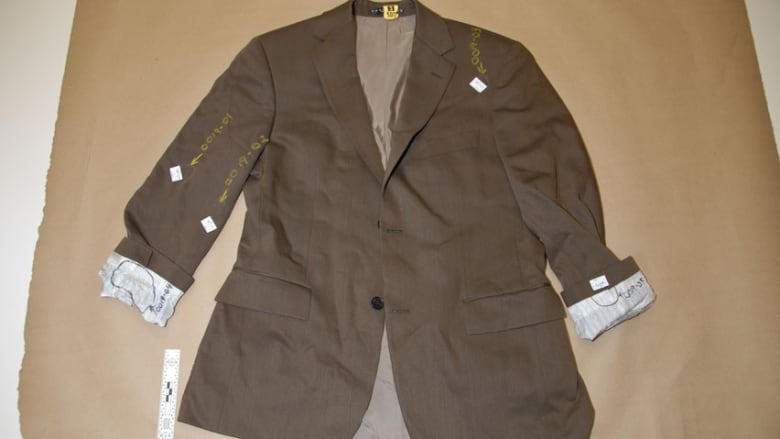
The application was heard by Walsh in May during a pretrialvoir dire a hearingto determine admissibility of evidence.
Walsh described the defence's charterapplication as"extremely serious" and "comprehensive" in his 95-page ruling June 10.
The defence had argued:
- There wasinsufficient informationto establish the necessary reasonable grounds for the warrant to have beenauthorized by a provincial court judge on July 13, 2011.
- There werematerial errors andomissions in the information to obtain (ITO) submitted to the judge, which, if corrected and included, would have negated any reasonable grounds.
- The warrant and post-executiondetention orders for the items seized prohibited policefrom conducting any DNA analysis on thebrown sports jacket, without obtaining additional judicial authorization.
Crown prosecutorscountered that the warrant gave police the inherent authority to conduct the forensic examinations and analysis that they did on the seized jacket, and that the post-execution detention orders did not prohibit that testing.
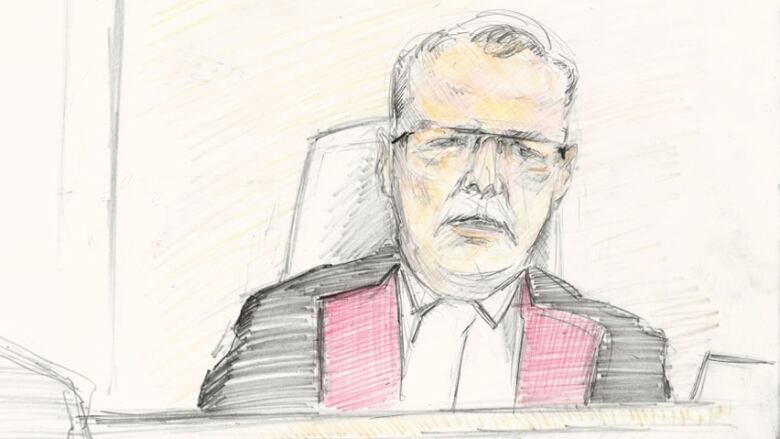
In his ruling, Walsh stressedthe issue before him wasnot whether the court would still have issued the warrant,but whether the authorizing provincial court judge could have done so in the eyes of the law, based on the information he hadat the time.
Walshultimately deemed the house search warrant as valid, and that there was lawful authority for forensic examinationof the brown jacket, as well asother items seized under the house warrant.
Navy blazer amistake, or attempt to mislead?
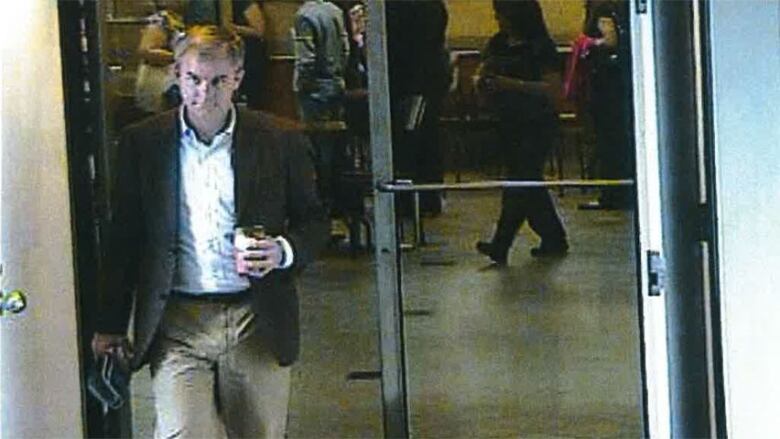
Oland told policeduring a voluntary statement on July 7, 2011, thathe was wearing a navy blazer on the night in question, but security video of him and witness testimony showed he was wearing a brown jacket.
"That appearing unqualified answer given by Dennis Oland in isolation might be thought a simple mistake," wrote Walsh.
"However, that answer taken in context of the evidence that [Oland]was the last known person to see his father alive, taken with the evidence of his father's [missing] iPhone being in Rothesay most probably at the same time he was, mere minutes after he left his father's office, and taken with the crime scene evidence that the attacker or attackers would most probably have been blood-splattered, speaks to another logical inference that could be drawn that Dennis Oland was lying, that he was attemptingto mislead the investigators for a patently obvious reason."
There was also "credible evidence" that Oland changed his clothes when he got home that night, and he was placedunderconstant surveillance right after he gave police his statement, and didn't dispose of anything whileaway from his home, said Walsh.
"There was sufficiently reliable evidence upon which the authorizing judge could find reasonable grounds to believe that Dennis Oland killed his father ...that he was wearing a brown sports jacket at the time of the killing, that the jacket would afford evidence with respect to the commission of that offence and that the jacket was then inor on Dennis Oland's identified residential property."
Errors, omissions in ITO
Walsh agreed with the defence that therewere errors and omissions in thepolice ITO.For example, what Oland told police he was wearing when he visited his father likely "would have had significant influence on the authorizing judge in the overall context of the information provided in the ITO."
But the ITO failed to mentionthat police toldOlandthey would be reviewing security videobefore they asked him what he had been wearingso he knew they could verify whatever he told them, noted Walsh.
"Whether the addition of this evidence would have [as the defence argued] 'considerably diminished the plausibility of any inference of intentional falsehood' from Dennis Oland's answer is debatable.It certainly would have had some influence."
As the Crown pointed out, however, Oland'sanswer was unequivocal he gave an accurate detailed description of his shirt,and was only being asked to recall what he worethe evening before, said Walsh.
"That additional evidence itself would not necessarily have prevented the authorizing judge from reasonably inferring, in the context of all the other evidence, that Dennis Oland was trying to intentionally direct the police away from the actual jacket he was wearing while at his father's office because of fear of what would be found on it."
Walsh dismissedthedefence'sargument that the detention order granted by the provincial court judge for the jacket and other items seized from Oland's home,and the subsequent extensionorders, only allowed Saint Johnpolice to retain the items in their custody and prevented any items from being sent off site for forensic examination.
Newer DNA testsmore 'discriminating'
Walsh also rejected a bid by the defence to block an application by the Crown in March to have two DNA extracts derived from the jacket, which had been entered into evidence at the preliminary inquiry, released for followup testing.
The Crown wanted to have the two extracts retested using the RCMPforensic lab'snewer, more "discriminating" DNA typingsystemthan the one used whenthe preliminary inquiry began, on May 12, 2014, according to the documents. The new systemlooked at the alleles (variant forms of a gene) in 15 locations instead of the nine used previously.
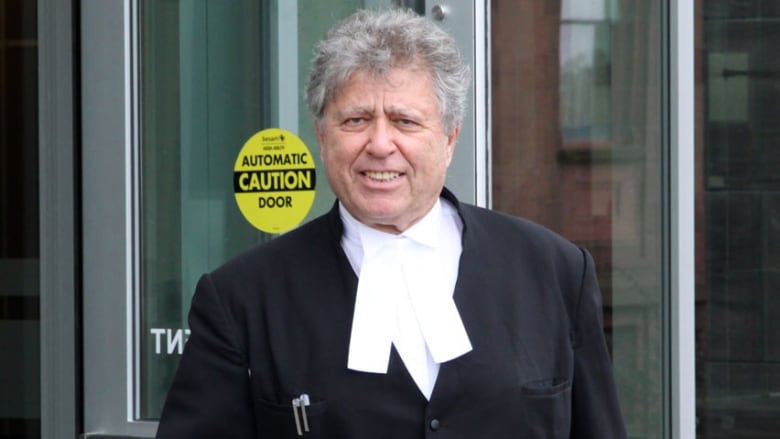
The defence asked the judge to exercise his discretion anddelayany release, pending a decision on its charter rights application, slated to be heard in May, regarding the seizure of thebrown jacket,from which the DNA samples were extracted.
If the judge ultimately ruledthe jacket would beexcluded as evidence,the DNA retesting"would only serve to produce more evidence to be excluded, as well as magnify the violation of the respondent's charter right," the defence argued.
"Moreover, there is no evidence of urgency due to wait test periods or risk that the DNA extracts could degrade."
But Walsh said in his April 7 ruling thatit was not a simple matter of delaying a month for the charter voir dire to be heard.
"Given the inherent time demands,there is a real risk of the trial being delayed either in starting or during its hearing, depending on when the Section 605 order was made, when the retesting is completed and, of course, depending on the results," he said.












_(720p).jpg)


 OFFICIAL HD MUSIC VIDEO.jpg)
.jpg)



























































































